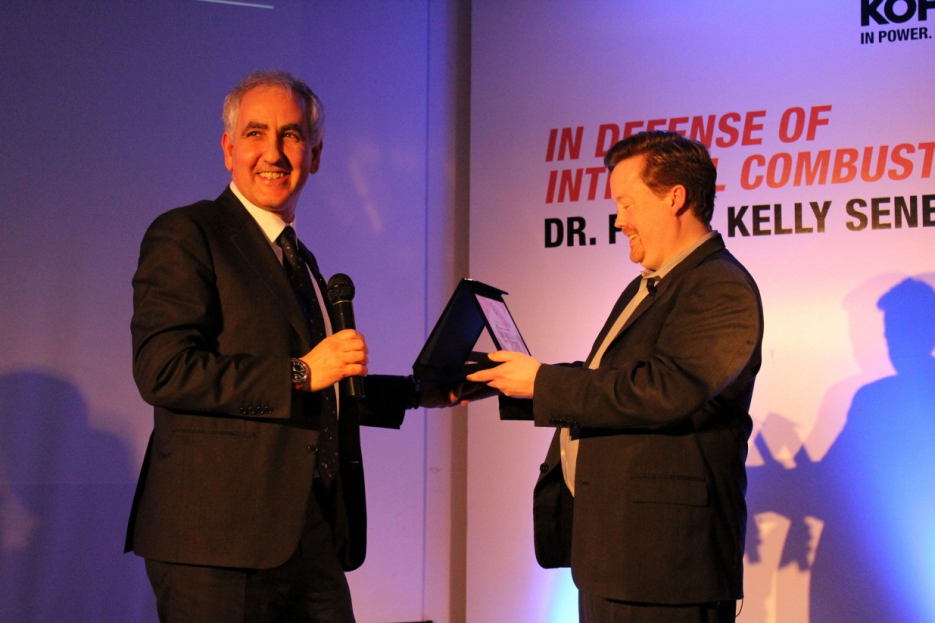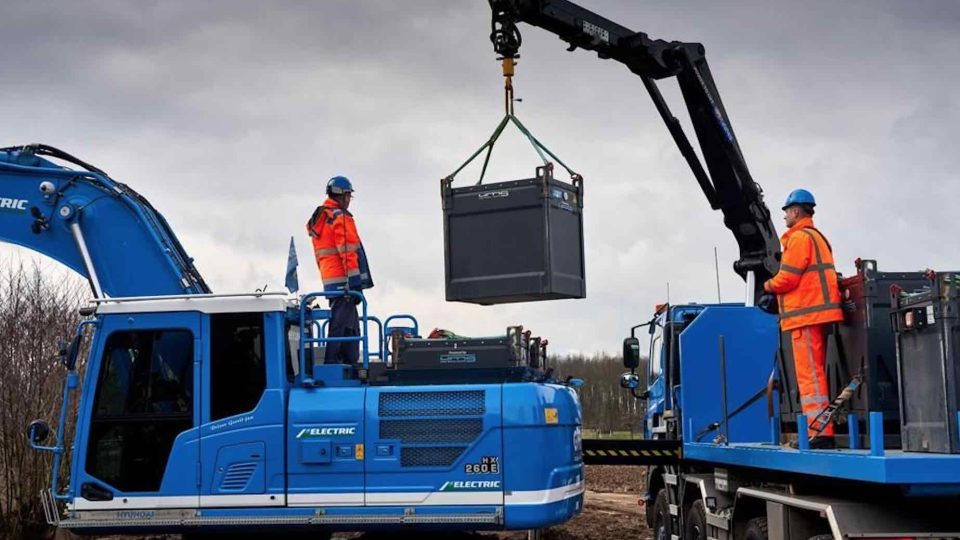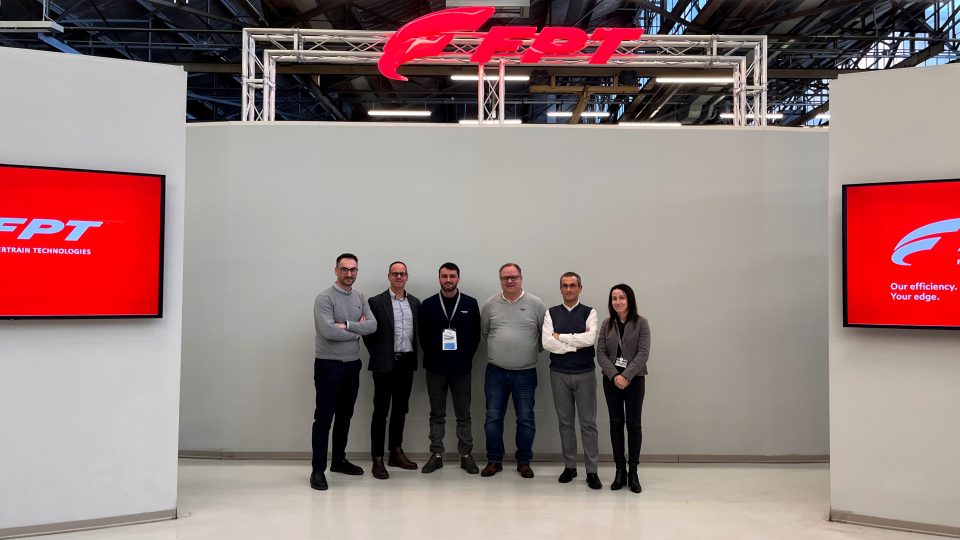Peter Kelly Senecal and the internal combustion comeback
Alive and kicking, says Senecal Dieselgate left many wondering about the idea that the era of diesel engines, and of internal combustion in general, could be close to an end. Newspapers, car companies, and even local and national administrations took part in the campaign against internal combustion engines. At the same time, ICE detractors are […]
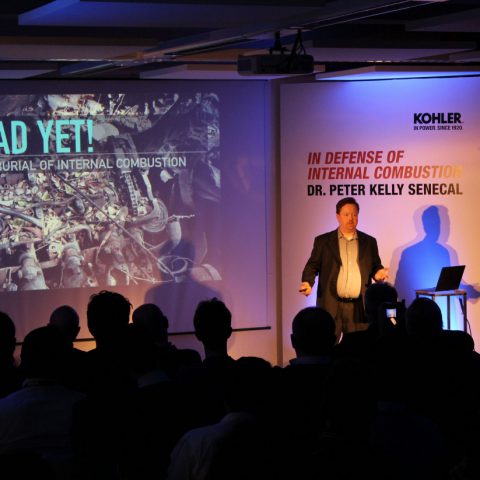
Alive and kicking, says Senecal
Dieselgate left many wondering about the idea that the era of diesel engines, and of internal combustion in general, could be close to an end. Newspapers, car companies, and even local and national administrations took part in the campaign against internal combustion engines. At the same time, ICE detractors are also those who are enthusiasts of alternative systems. Electric powered vehicles stand in the first line.
CFD simulations, a necessary tool
Nevertheless, also internal combustion engines have their defensors. This is the case, for example, of Peter Kelly Senecal, an American engineer who, among other things, is a co-founder of Converge CFD. CFD stands for Computational Fluid Dynamics, and the company is a leader in performing CFD simulations. These can be used to virtually recreate what happens inside combustion chambers. Thanks to this, Senecal can spread a message that differs from the recent trends. “Alive and kicking! The premature burial of internal combustion” is, in fact, the title of his presentation. For example, he held such a conference at Intermat Paris 2018, at the Kohler Stand.
THAT IS WHY WE TOLD ABOUT THE DIESEL COMEBACK…
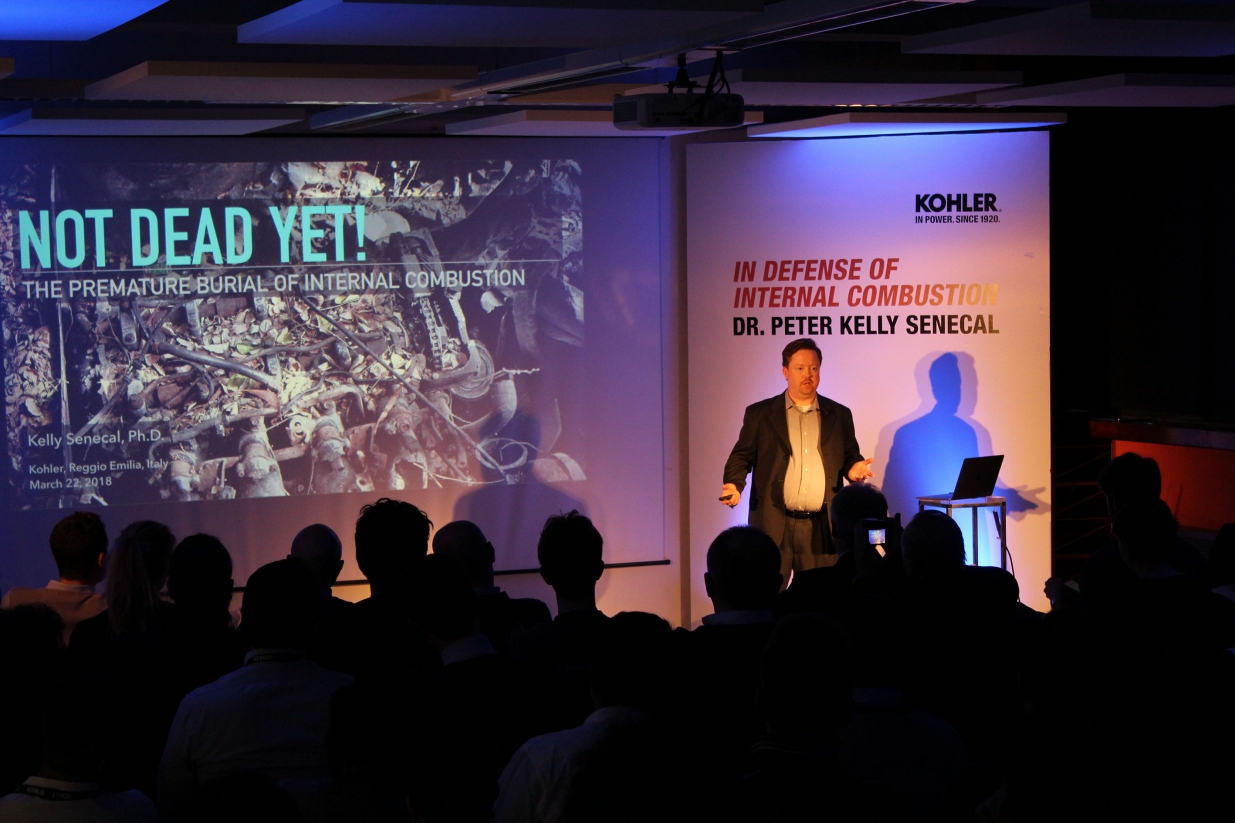
The purpose of the presentation is not to hinder at all costs the affirmation of alternative technologies. On the contrary, the intent is to clarify the real applicative possibilities of these alternative solutions and, consequently, what space remains for traditional engines. As he says, the aim is to avoid free demonizations.
Electric VS Electrified
So, first of all, it is important to understand the difference between fully electric vehicles, and electrified ones. The first term refers to the complete transition to electrical transmissions, the second includes a wide range of possibilities. From micro-hybrid to full-hybrid to the so-called “extended range”, all those which have some sort of powertrain electrification. This means that all these kinds of vehicles make use of some kind of internal combustion engine.
Then, explains Senecal, if hybrids are going to be around for a while, how can you talk about “death” of the ICE? For example, Senecal says, there is a good chance that only 8 percent of Toyota‘s fleet will actually be full-electric by 2025. Something similar for Volvo and other manufacturers. Senecal shows how, according to Bloomberg, in 2025, 85% of vehicles sold in the United States will still use internal combustion. The remaining 15% (maximum 20) will be a mix of all existing hybrid-electric solutions.
Zero Emissions?
Another myth that Peter Kelly Senecal wants to debunk is about “zero emissions”. The problem is the way in which, to date, electricity is produced. In 2015, about 70% of the energy produced came from fossil fuels, another 20 from renewable sources, and the remaining 10 from nuclear reactions. Translated, this means that electric vehicles produce a significant volume of emissions on the complete supply chain. In total, speaking for example of particulate mass, electric and traditional vehicles’ production deviate by a percentage that varies between one and three points. Moreover, also battery technologies are not, up to date, totally free from charge and responsibilities. Beyond lithium, it is also another rarer element, which is cobalt, that allows batteries to function. It takes nothing to understand how precious this resource is becoming.
How to fix it?
One might be wondering what shall we do then. Of course, says Senecal, we will keep waiting for electric vehicles, but there is something we can do now. We can optimize and improve. Going back to CFD simulations, these are complex procedures, but where the autonomy of the processors allow them to do most of the job. Soot and NOx have already been under attack for a long time, and the improvements have been significant until now. On the other hand, efficiency has also benefited (just think of VGT, power density, durability and so on).
In conclusion, says Senecal, if we can not aspire to perfection, we can still work for constant improvement, because margins are still there. And that is exactly what is happening in the world of internal combustion engines, especially now, at the dawn of the introduction of regulations such as the European Stage V.

